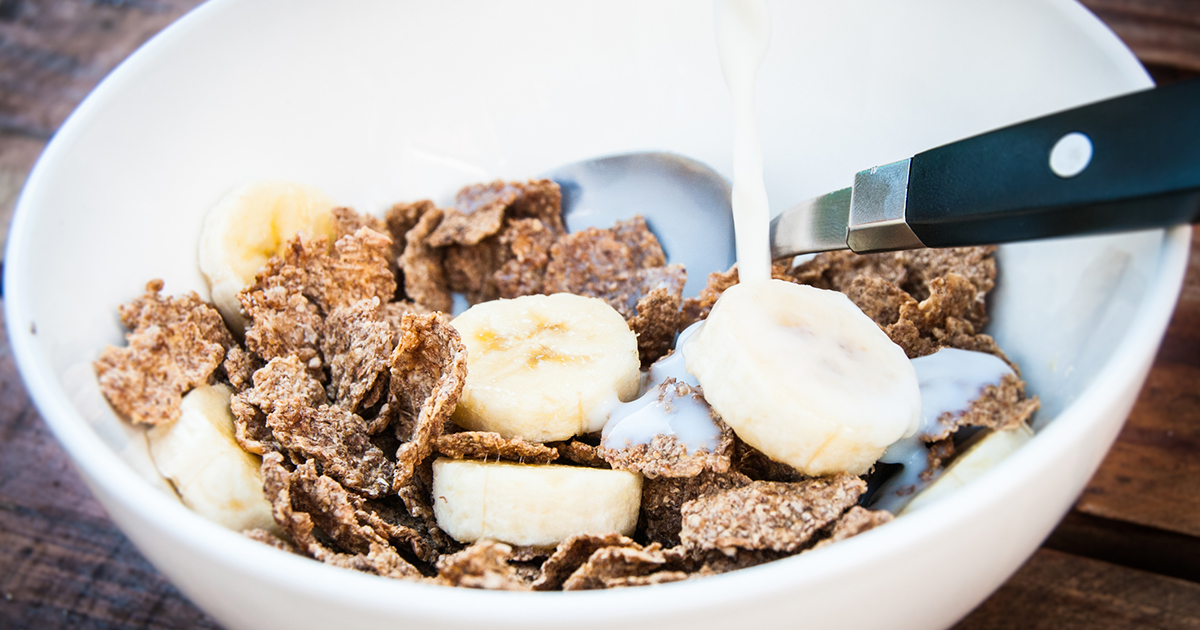Comparing Soluble And Insoluble Fiber
Health Benefits Of Insoluble Fiber

Made of the tough, fibrous tissues and skins of plant-based foods, insoluble fiber helps move digested food through the intestines. It does not absorb water, so it stays in rough form and acts like a broom sweeping through the intestines. This sweeping action helps clean out the intestines and colon, relieving constipation and keeping bowel movements regular. Since it creates bulk in bowel movements, they are easier to pass. Insoluble fiber can also help to prevent conditions like diabetes by benefiting insulin resistance in both healthy individuals and those already dealing with diabetes. Other health benefits of insoluble fiber include reducing the risk of heart disease and colon cancer.
Health Benefits Of Both Types Of Fiber

Since humans do not have the right enzymes to break down fiber, it easily passes through the body without absorption. There are serious health benefits of both types of fiber including feeling satiated for longer periods, easier bowel movements, and the prevention of certain diseases. Increasing dietary fiber can even the way fats, sugars, and proteins are metabolized and absorbed. When working together, insoluble fiber and soluble fiber help collect excess sugars, cholesterol, and bile salts from the body and push it out. Since both insoluble and soluble fibers work differently in the body and benefit different conditions, it is important to increase the consumption of both.
